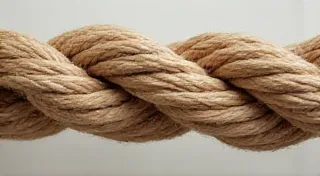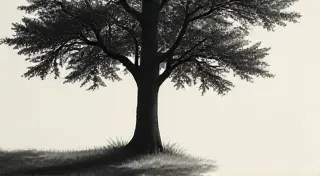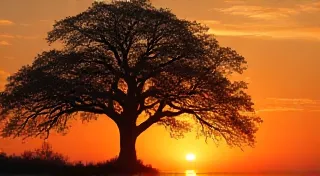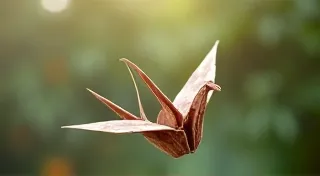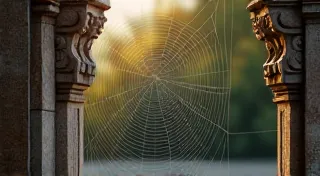The Emerald's Resolve: Winter's Trials & Juniper's Fortitude
There’s a certain melancholy beauty to winter, isn’t there? A starkness that strips away the superficial and reveals the underlying structure. It's a feeling I'm intimately familiar with, not just in the landscape but in the instruments I collect and restore – antique accordions. Their bellows, stiff with age and dust, whisper tales of dance halls and celebrations, of laughter and loss. Just like a juniper bonsai facing winter's grip, they represent resilience, a quiet refusal to succumb. This parallel, this shared fortitude, is what draws me to both.
My journey with juniper bonsai began much like my accordion collecting – a pursuit born from admiration for intricate craftsmanship and a deep respect for endurance. I remember my first juniper, a windswept *Juniperus procumbens ‘Nana’*, gifted to me by a mentor. He warned me, "Winter will test it. It will show you its true character." He wasn't speaking just about the tree; he was talking about patience, about the slow, deliberate process of nurturing life.
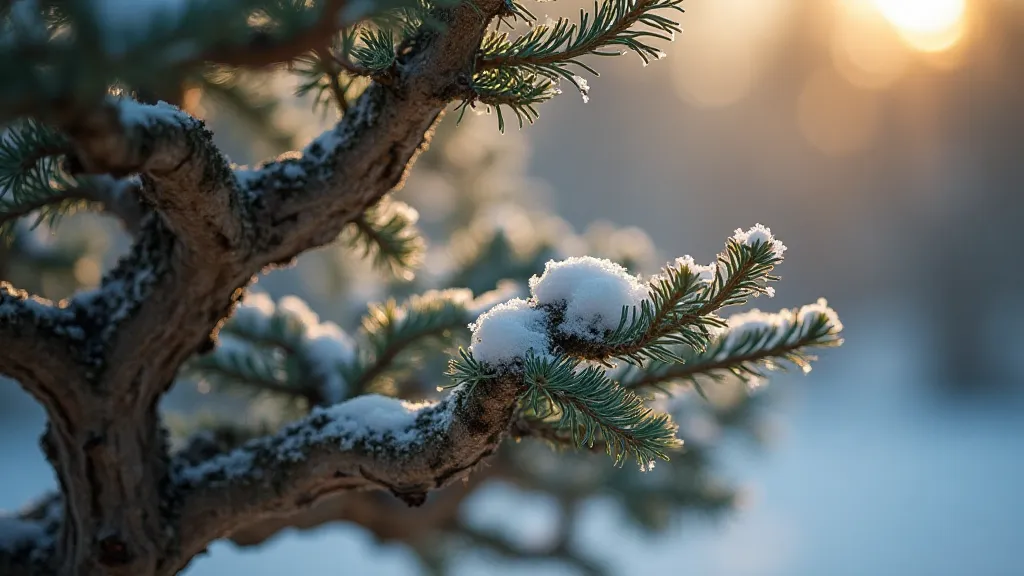
The Dance of Dormancy: Understanding Winter Protection
Juniper bonsai, particularly those of Japanese garden origin, hail from environments that experience harsh winters. Their inherent resilience is remarkable, but still, thoughtful preparation is key. The goal isn’t to coddle, but to protect from extreme fluctuations – the freeze-thaw cycle is a juniper’s greatest enemy during winter. Repeated freezing and thawing can crack the bark and damage root systems. My accordion bellows face a similar challenge – rapid temperature changes can lead to cracking and weakening. A little preventative care goes a long way.
The specifics of winter protection depend heavily on your climate. In milder regions, a sheltered location against a south-facing wall might suffice. In colder zones, burying the pot in the ground (mulching heavily) or placing it in an unheated garage or shed is preferable. The ideal temperature is just above freezing – enough to prevent hard freezes but cool enough to encourage dormancy. Regularly checking the soil moisture is also important. Even dormant junipers need occasional watering, though significantly less than during the growing season.
Juniper Bonsai Pruning & Wiring: A Winter's Reflection
While vigorous pruning is best left for the active growing season, winter offers a valuable opportunity for assessment and minor refinement. Observe the branch structure. Does it need a slight adjustment? This isn't a time for drastic changes, but a chance to subtly shape the tree based on your vision. It’s similar to inspecting an accordion’s reeds – you can make minor adjustments to the tension, influencing the tone without completely altering its voice.
Wiring, too, benefits from careful consideration. Wired branches can become brittle in the cold. Examine each wire, ensuring it’s not cutting into the bark. Adjust the wiring as needed, and be prepared to remove wires if the tree experiences significant growth or unexpected changes in temperature. This requires a delicate touch, a keen eye, and a profound understanding of the tree’s anatomy – mirroring the precision required when restoring an antique accordion, delicately replacing worn leather or adjusting key mechanisms.
Wiring Techniques: Guiding Growth with Patience
Let’s delve a little deeper into juniper bonsai wiring techniques. The choice of wire is crucial. Anodized aluminum wire is typically preferred for its flexibility and ease of use, especially for beginners. Copper wire offers greater strength but requires more careful handling to avoid scarring. The wrapping angle should be consistent – typically around 45 degrees – and the wire should be secured firmly without constriction. Remember, the goal is to guide the branch, not to force it. Patience is paramount. Allow the tree time to respond to the wiring. Observe its growth patterns and make adjustments as needed. This isn't about imposing your will; it's about collaborating with the tree, understanding its natural inclinations.
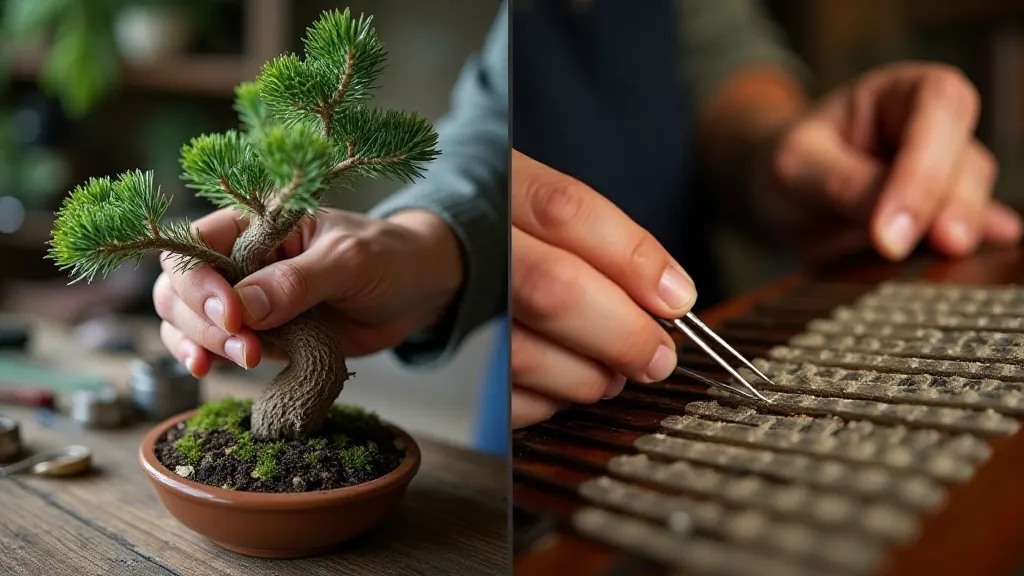
Dealing with Juniper Bonsai Diseases & Pests
Winter can also reveal underlying health issues. The reduced sunlight and cooler temperatures can make junipers more susceptible to fungal diseases and pest infestations. Regularly inspect your trees for signs of discoloration, unusual growth, or the presence of pests. Red spider mite, in particular, can thrive in dry, indoor environments. These tiny pests suck sap from the needles, causing them to turn yellow and eventually drop. A thorough inspection and prompt treatment with horticultural oil or insecticidal soap are essential. Just as a neglected accordion can develop mold or rust, a juniper bonsai needs attentive care to thrive.
Preventative measures are always best. Ensure adequate ventilation, avoid overwatering, and regularly mist the foliage to maintain humidity. A healthy tree is more resilient to disease and pest infestations – a testament to the enduring power of careful cultivation.
Juniper Bonsai Varieties: Embracing Diversity
The world of juniper bonsai is incredibly diverse. From the stately *Juniperus chinensis ‘Sargentii’* to the graceful *Juniperus procumbens ‘Nana’*, each variety possesses its own unique characteristics and aesthetic appeal. Understanding these differences is key to selecting a juniper that aligns with your vision and skill level. Some varieties are more tolerant of harsh conditions, while others are more demanding. Experimentation and exploration are encouraged. Just as a collector appreciates the nuances of different accordion models, a bonsai enthusiast embraces the individuality of each juniper.
The study of these varieties—their historical origins, their growth habits, and their resilience—is a journey of discovery, a connection to a lineage of horticultural artistry stretching back centuries. It's a reflection of the same appreciation I have for the complex history embedded within the aged bellows and intricate mechanisms of an antique accordion – a quiet understanding that beauty and strength are often forged in the crucible of time.
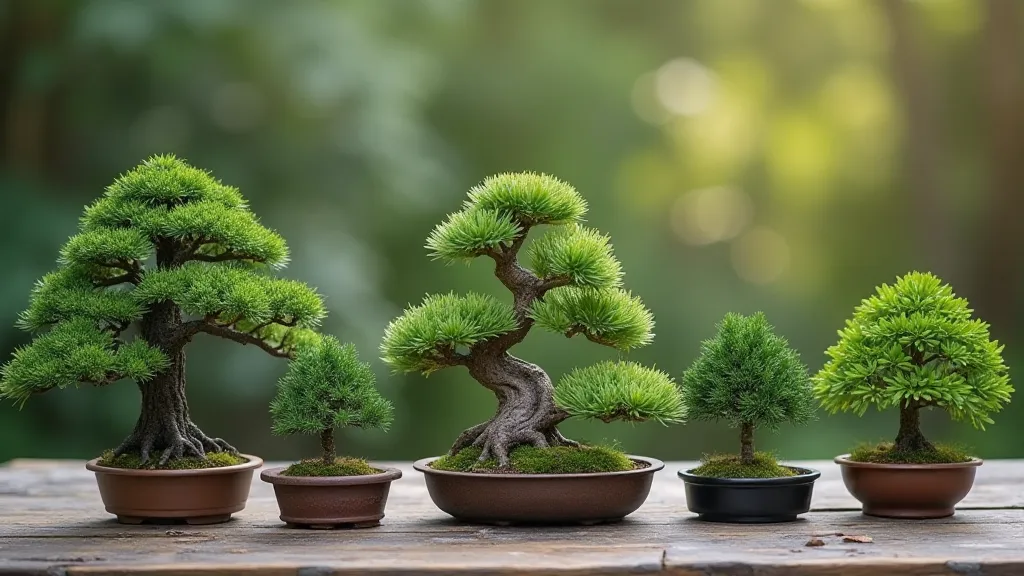
The Enduring Resolve
The winter solstice offers a moment of quiet contemplation. A time to reflect on the challenges we’ve faced and the resilience we’ve demonstrated. Just like the juniper bonsai standing steadfast against the winter winds, we too possess an inner fortitude, a capacity to overcome adversity and emerge stronger. The journey of cultivating a juniper bonsai—or restoring an antique accordion—is a metaphor for life itself. It requires patience, perseverance, and a deep appreciation for the enduring beauty of craftsmanship and the unwavering spirit of nature.
